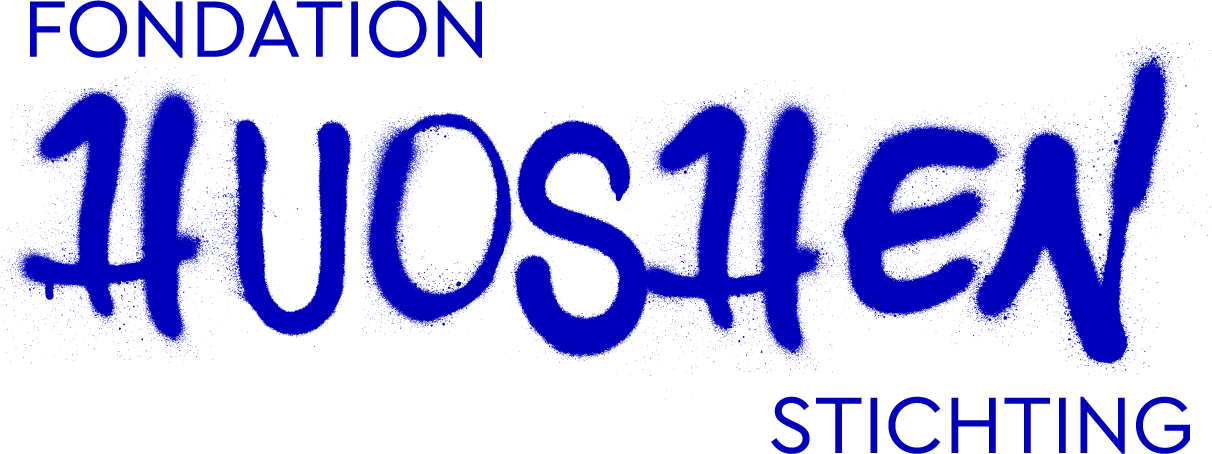Boundaries
With the body as starting point, young people learn where their personal boundaries lie. Often, those boundaries are other than what they assumed. This includes the boundaries of the physical body: How does my body physically react to stress, anxiety, anger, sadness, uncertainty. …
In circus, it is very important for young people to learn by persevering, and that they don’t give up just because they think they cannot do it, even if it is about something physical. It’s a thin line between physically not being able to perform something, and the thought of not being able to do it. And they have two overcome that, they have to experience that their mind is limiting them in their performance. The training should be mind-broadening, in the sense that they have to learn where their boundaries really are, not how they are constructed in their minds. Only then can they continue to learn, continue to grow. (trainer circus techniques)
But it also includes psychological boundaries: what I experience inside when someone physically comes too close, how exactly does it feel when someone makes me angry. …
The important thing is that they can make that self-reflection, and that they are aware of what limits their body, and where they can feel it. “Ah okay, well, that’s for you an alarm, I’m going over my limit”. Or: “Others are crossing my boundary”. And then you can take a step further. But you have to experience this first, before you can continue to work and grow. For instance , I can tell you how you should feel or what happens with me when someone comes physically very close. What does that do to you? This I can ask. But if you’re not really literally nose to nose with someone, it is hard to pinpoint, isn’t it ? It is so much easier when you literally put someone in front of a person, and ask then , what do you feel now, and where in the body ? It is virtually impossible not to feel anything in such a situation. (Rock and Water trainer)



